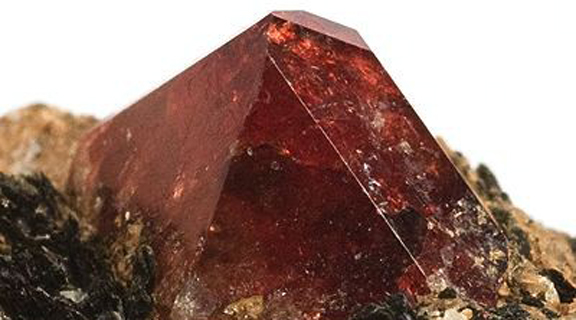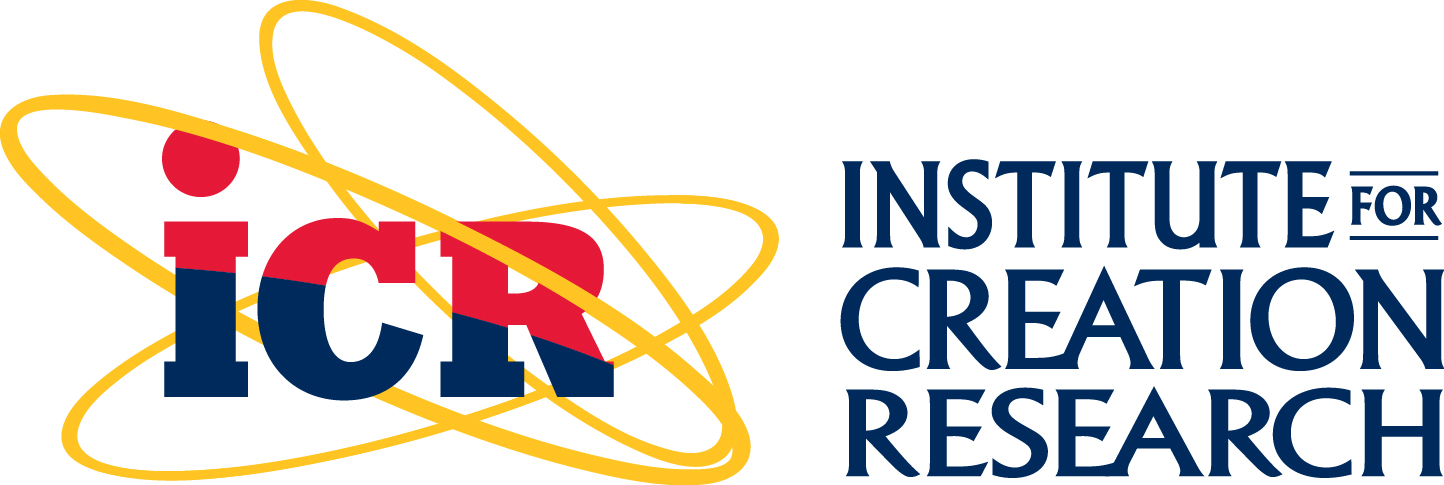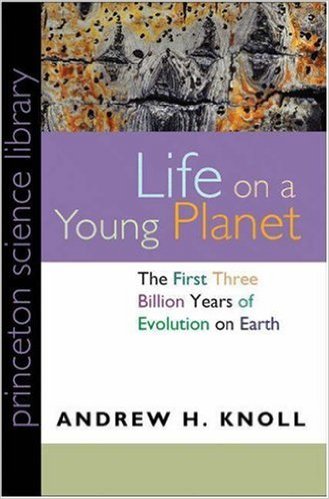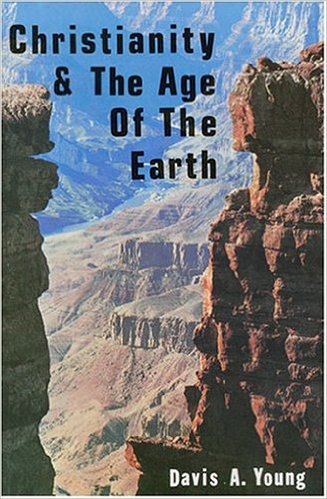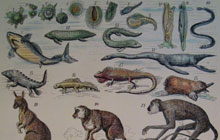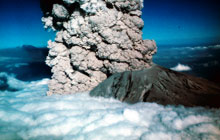These old-earth creationists also use scientific evidence to argue their position. As you may have come to expect, they often use the same data as old-earth evolutionists and young-earth creationists to argue that their model is the most compelling. At this point in the course, you have heard old-earth evolutionists and young-earth creationists use zircon crystals to defend their positions. An old-earth ministry called Reasons to Believe, founded by well-known old-earth creationist Hugh Ross, argues that the helium diffusion in zircon crystals supports an old-earth model. Read the following excerpts from an article written by Dr. Gary H. Loechelt (Source).
—–
In reviewing the two main RATE reports (Helium Diffusion Age of 6,000 Years Supports Accelerated Nuclear Decay and Helium Diffusion Rates Support Accelerated Nuclear Decay), I discovered an error in the data analysis. The RATE team used a prior estimate by Robert Gentry for the total amount of helium produced from nuclear decay. However, Gentry’s own calculation was off by a factor of over three.
The RATE argument is based upon the claim that there is still a lot of helium in these zircons. However, according to the corrected calculations these zircons actually contain far less helium than the RATE researchers originally thought, which weakens their case.
Next, I corrected errors in the geometry and boundary conditions of their diffusion model. The RATE team used an effective radius that was too large (30 μm versus 20 μm). Furthermore, their model included a second mineral called biotite, surrounding a zircon core. Although zircons are often embedded in larger flakes of biotite, they treated this second mineral as if it had the same material properties as zircon despite the fact that their own data showed that the diffusivity of helium in biotite was orders of magnitude higher. With such a high diffusivity, a biotite envelope would offer little resistance to a migrating helium atom once it left the zircon crystal. Therefore, I chose the more realistic boundary condition of zero helium concentration at the zircon/biotite interface.
Although the foregoing corrections were worth doing for the sake of rigor and accuracy alone, their impact on the final results was not as significant as the correction made for the two errors discussed last week. First, the RATE researchers used a constant temperature profile over time in their model. In contrast, I used a geologically reconstructed thermal history that was highly non-uniform over time.
Second, the RATE researchers used a simple kinetic model in their diffusion study. This type of model ignores the possibility that helium atoms behave differently depending upon their location in the crystal, with atoms in the vicinity of defects moving more readily than those that are in the bulk crystal. Instead, I incorporated a multi-domain diffusion model which takes this effect into account. This type of model has been used by several leading scientists in the noble gas thermochronology field (see for example: Reiners and Farley, 1999, pp. 3850-53; Reiners et al., 2004, pp. 1872-74; Shuster, et al., 2003, pp. 28-29; Shuster, et al., 2005, pp. 669-70).
The old-earth model matches the revised measurements better than the young-earth model. The RATE team claimed that essentially no helium would be left in these zircons if they were more than a few thousand years old. However, by direct computation, I have demonstrated otherwise. The helium content and the 1.5 billion year radiometric age of these zircons are in agreement. Since no anomaly exists, there is no scientific need to postulate the existence of exotic physics, like accelerated nuclear decay, to explain the phenomenon.
Not only does this result deprive the accelerated nuclear decay hypothesis of its best case, it actually counts as evidence against accelerated nuclear decay. Two independent clocks (nuclear decay and helium diffusion) are now in agreement on the billion-year-age of these rocks. Consequently, the notion of accelerating natural processes becomes an untenable scientific position, and one must read nature’s clocks at face value. Obviously RTB and young-earth creationism remain at odds. However, the RATE group posited a model and subjected it to scientific testing. And for that they are to be commended.



